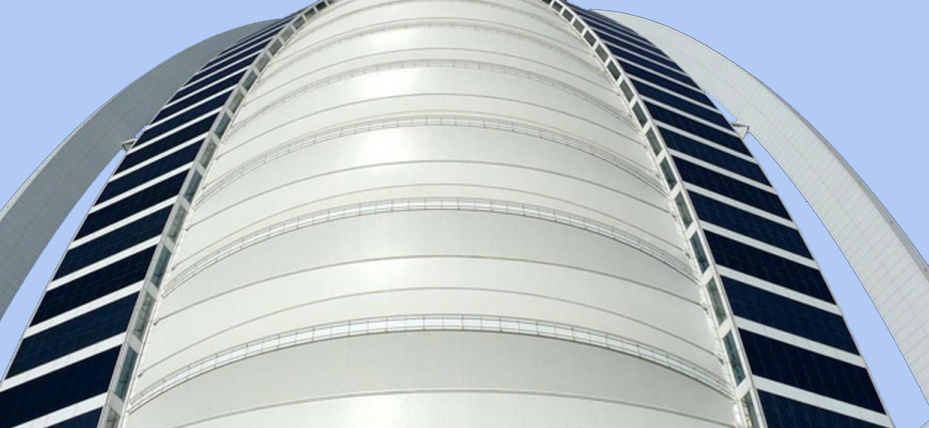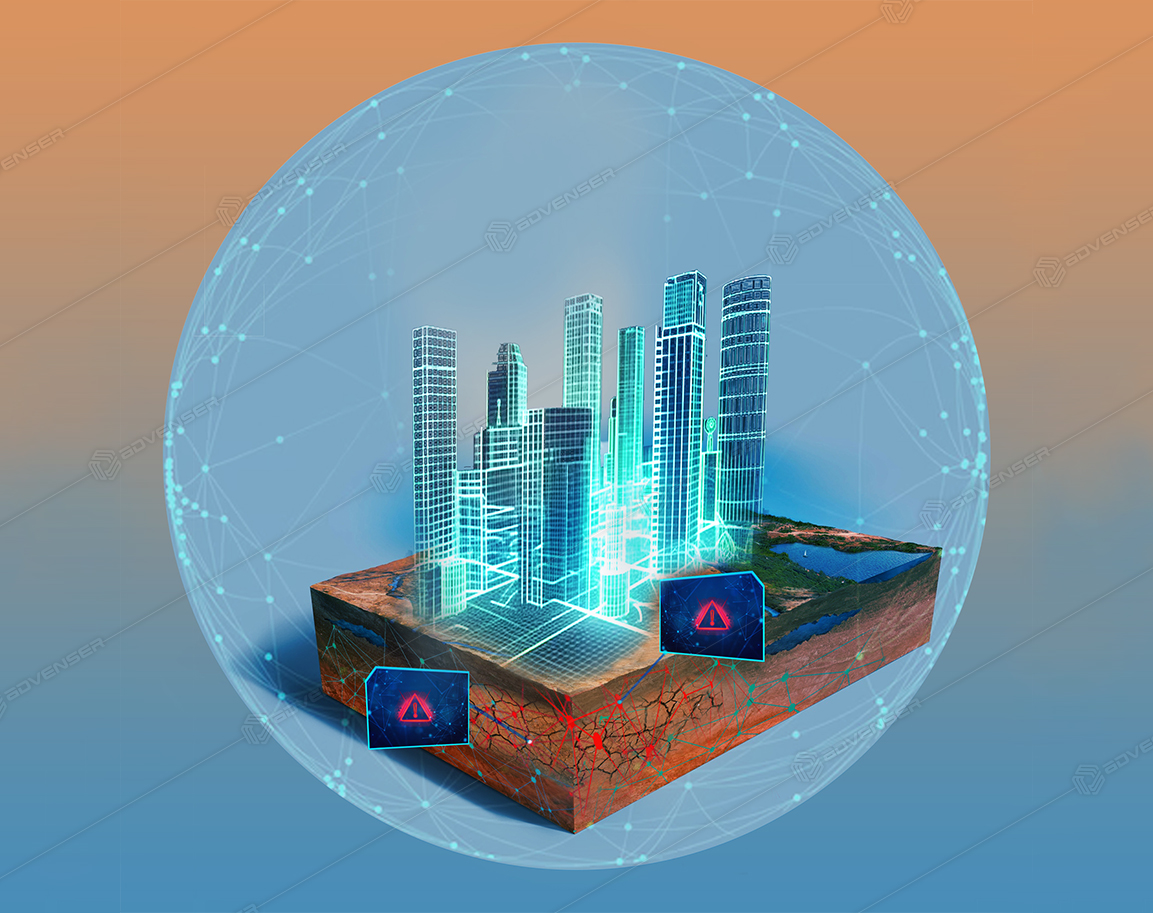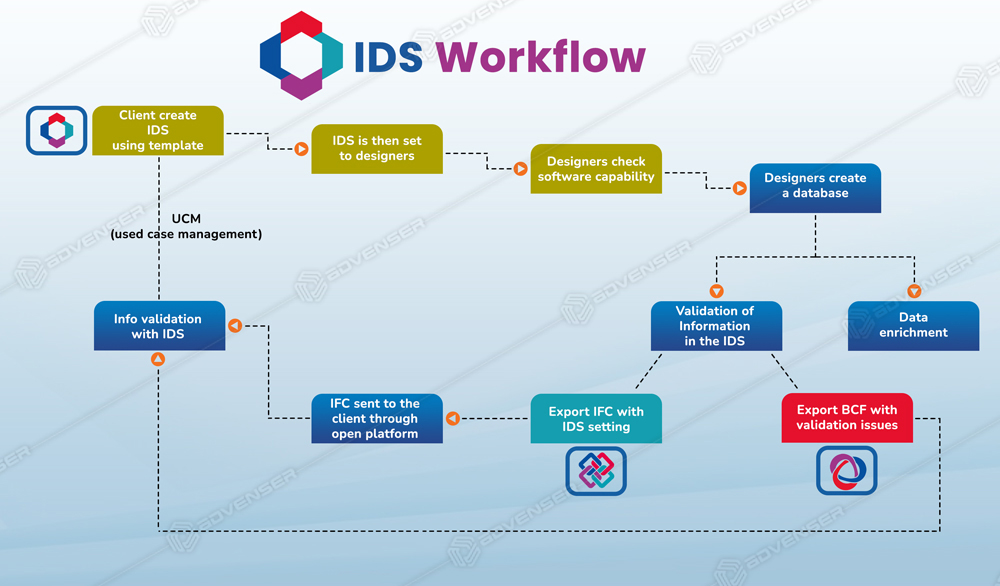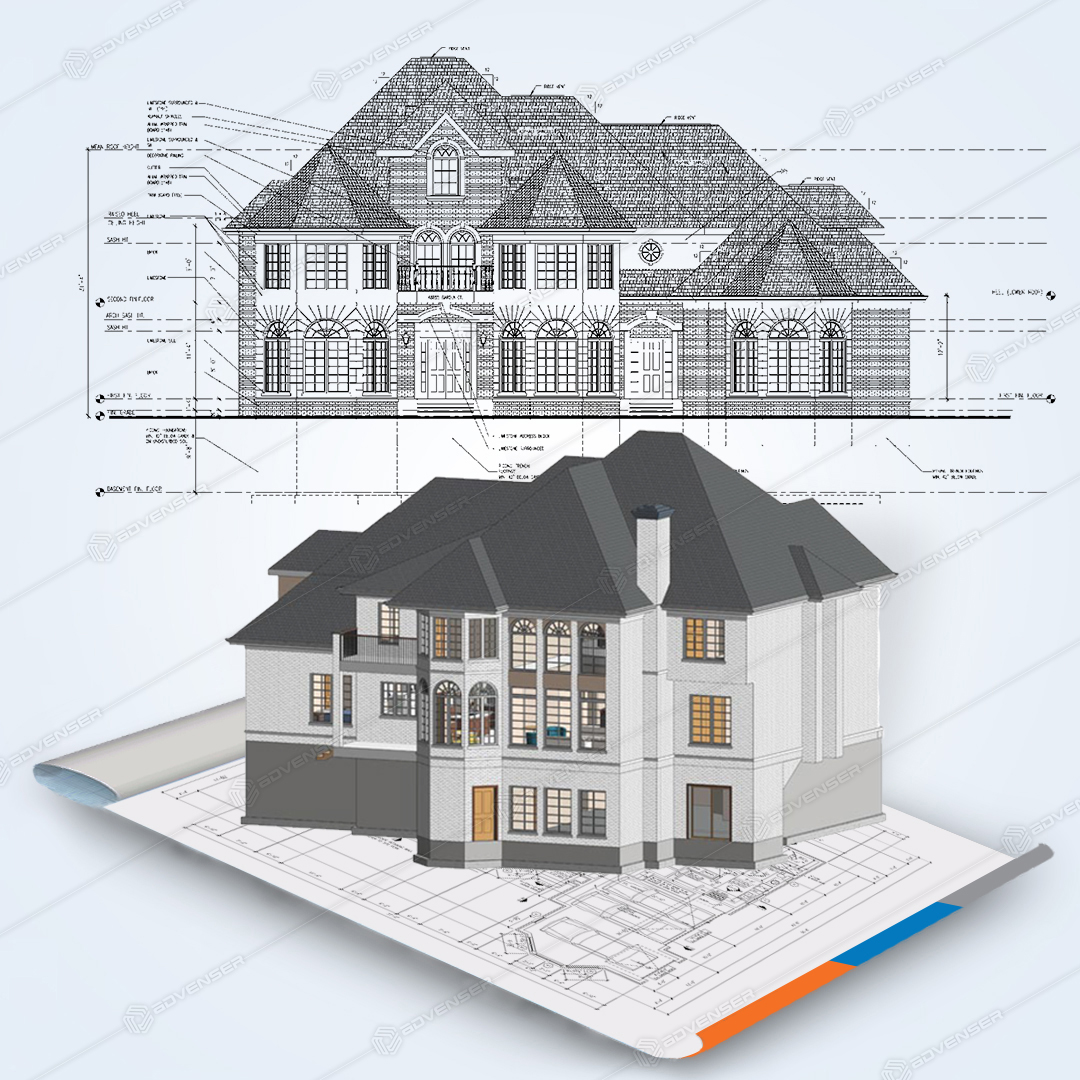Standing tall at a height of 321 meters on a private artificial island, The Burj Al Arab opened its door for the public on 1st December 1999. Just 3 meters short of the Eiffel Tower, The Burj Al Arab is currently the 5th tallest hotel on this planet and undeniably one of the most luxurious.
Building this luxurious hotel was the solution proposed by HH Mohammed bin Rashid Al Maktoum to confront the economic time bomb Dubai was facing in the late ’80s.
Facing future economic meltdown, Sheikh Mohammed made a crucial decision to turn his country where beaches & sand were abundant into a most exclusive holiday destination on the Arabian Gulf coast.
Sheikh Muhammed knew that he needed a luxurious centrepiece to launch his country into a high-end tourism hub. He wanted a structure that could be an epitome of luxury and an icon of Dubai rather than just another star hotel.
Why was designing the Burj Al Arab a tough row to hoe for Tom and his team?
Unlike the previous projects, they had handled this required them to go beyond 15 stories. The prince wanted a structure that could instantly conjure up images of the city in the minds of the viewers, a structure that could be an icon for Dubai.
Lying on their beds during those sleepless nights, Tom & his team at WS Atkins knew that they had to come up with something revolutionary, something that could be a tribute to a visionary nation of the 20th century.
It wasn’t until one evening when they were sipping beer on a beach and saw a modern sailing yacht, Tom had his eureka moment.
He realized that a building in the shape of a modern yacht sail could jog up one’s memory about the seafaring heritage of Dubai and could reflect Dubai’s maritime heritage and leap into the future.
Challenges of having the world’s largest atrium in Dubai
In a place like Dubai, where incident solar energy can heat the place up to 50 degree Celsius The 18 storied atrium between the V-shaped floor plan did pose 2 major challenges to the engineers;
- Using a glass façade could make the building a 321m high oven and they had to find a way to keep the incident heat from the sun to a minimum.
- Using a conventional brick wall would make the atrium one big dark cave. The engineers had to find a way to rightly illuminate the structure.
The solution lied in making the world’s largest cloth wall which could give the insiders protection from the scorching desert sun while providing sufficient illumination inside the atrium.
Using a Membranous material to replace the glass infill was the simplest solution they could have as they wouldn’t have to spend a penny more on Façade Detailing or designing.
Why did the engineers use a membranous material made out of PTFE glass fibre instead of a cloth wall?

PTFE coated fiberglass fabric facade
Instead of making a huge cloth wall, the engineers used a membranous material made out of PTFE (Polytetrafluoroethylene) glass fibres for the following reasons
- Single panels can be fabricated in almost any size and shape
- Membranous facades are lightly weighted (approximately 0.3 pounds per square foot, or 1.5kg per square meter)
- It can withstand temperatures of -100 F to +450 F (-73 C to +232 C)
- It is immune to UV degradation
- It allows natural daylight to pass into the atrium while providing sufficient shading
- It is translucent, but still screens out ultraviolet rays and excess heat
- Reflects 75% of sunlight
- Absorbs 10% of sunlight
- Transmits 15% of sunlight
How did the engineers keep the incident heat to a minimum inside the atrium without compromising on luminance?
The 18 storied atrium is enclosed by 12 individually tensioned two-layer membrane panels form the north facing façade. These membranous material made out of PTFE glass fibres allows less than 10% of the light to pass through them maintaining an optimum temperature inside the atrium and providing sufficient illuminance.
The double-layered membrane allows white light to pass through but avoids overheating the interior, using the method of cooling by direct loss.
The heat energy that passes the first cloth is removed by a flow of air between the two, minimizing the energy gain for such guidance. Then the central hall is cooled by evaporation of water from the pits, dropping the feeling of enclosure.
In the evening the translucent PTFE glass fibre facade becomes a gigantic projection screen creating a visual spectacle both outside and in the interior space.
The end result of this innovative engineering and architecture was the iconic sail-shaped silhouette of Burj Al Arab, the beacon of modern Dubai.








